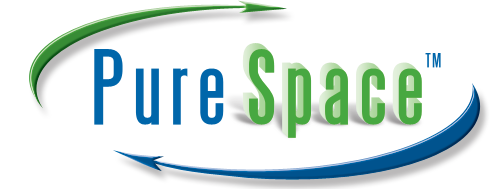So let’s start from the beginning. What is mold, what causes mold growth, where do we find it, and what is molds purpose? There are four elements you need for mold growth. First, you need moisture. Everyone (seemingly) knows that you can’t have mold growth without water. Once you have water (or moisture, humidity is quite enough. You don’t need puddles, or even drops for mold growth!) the next thing you need is food (kind of sounds like animals, huh?), although ‘food’ is a generous term. Food means any dead organic matter for a mold spore. So the bones of a rotting carcass, leaves or a log on the ground, or even 2x4s and plywood. If it’s made from organics, there is some mold out there somewhere that will gleefully dine on it.
So, food, check. Moisture, check. Now what? How about temperature? Mold likes about the same temps that we people do, between 55 and 90 Fahrenheit. However, there are specific types of molds that can still be quite comfortable at or below freezing, or in very hot climates over 100 degrees. So, what’s left? 1 mold spore, of course. You have to have mold in order to grow mold. But don’t fret, because mold isn’t exactly in short supply. In fact, it’s everywhere. Even in the cleanest of clean rooms, you can find at least some mold floating around.
A quick aside. Mold isn’t like the birds and the bees. It’s not like when two mold spores love each other, they settle down and have baby mold spores… you know the rest of the story. The baby mold keeps the grown up mold up at night with their crying etc. etc. Oh, wait, I think I’m mixing things up! No, mold is not sexual, but rather, asexual. What that means is that you don’t need two mold spores to procreate. Instead, if you have food, water, and an acceptable temperature, you mix one mold spore in and you will quickly have two mold spores. Then two becomes four, and four becomes eight, eight into sixteen and sixteen into thirty-two, then sixty-four, one hundred and twenty-eight, two hundred and fifty-six, and so on and so on… and that is all within the first few minutes. By the time there is enough mold to be see by the naked eye, you literally have millions of mold spores!
Ok, back to reality. So, now that you know how mold reproduces, and the elements it needs in order to do so, the next question is, where are you likely to find it? I don’t mean to gross you out, but the truth is, breath in and you have found it. Blink, and your eyelids have found it on the surface of your eyeball! It is all around us. But what you should really be asking is, where can you find it growing? Most commonly, you will find it in nature, decomposing fallen trees, dead animals and bones and such, and occasionally, in your home.
Mold is not the bad guy. In fact, without mold, people couldn’t exist. Don’t believe me? Think of it this way. If there was an organic substance out there that was naturally impervious to mold, over the centuries and millennia there would be so much of whatever that is (for this example, let’s go with tree bark) that it would cover everything, choke rivers and streams, and wreak havoc on the environment at large. If every time a tree fell, all of it was decomposed except the bark, we would literally be swimming in tree bark.
Let’s go smaller. Do you think that if insect bodies were impervious to mold there wouldn’t be a coating of dead insects on everything, many feet thick, after years and years of bugs dying? So, as it turns out, mold is pretty important. Mold is nature’s natural recycler. Everything that dies gets ingested by mold. And what is the byproduct? Dirt (Think composting!).
So, mold isn’t that bad. In fact, it’s really a good thing. It’s just that, when it comes to our homes or businesses, we don’t really want to invite mold inside to stay and get comfy. It’s in these closed spaces that mold is allows to achieve concentrations in numbers that can become harmful, and that is when it’s time to call the mold professionals (i.e. us over here at PureSpace).

